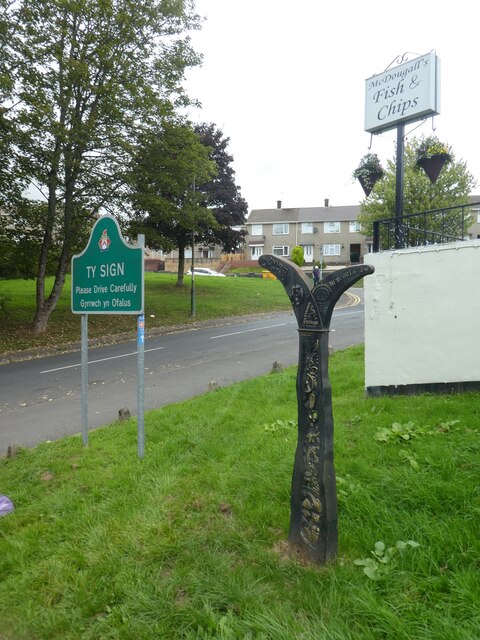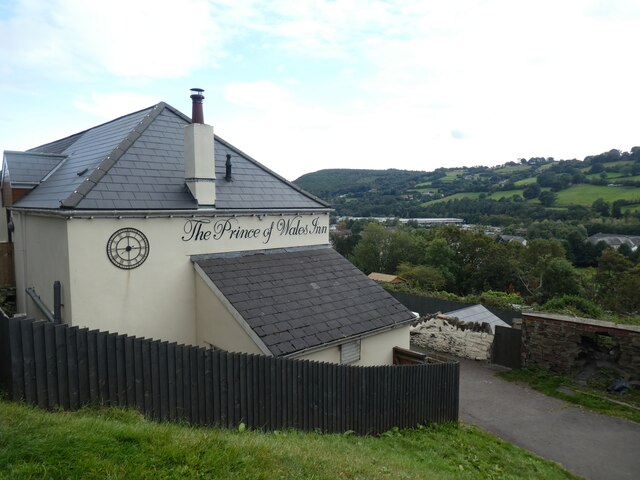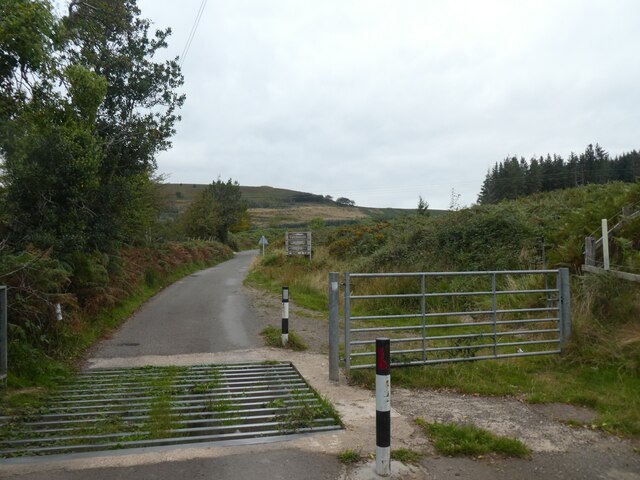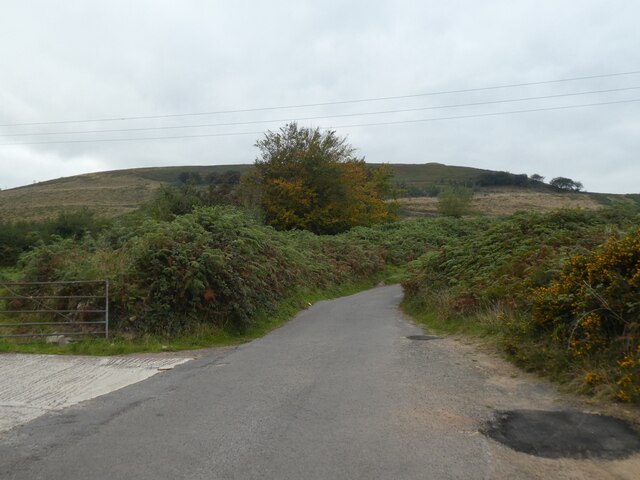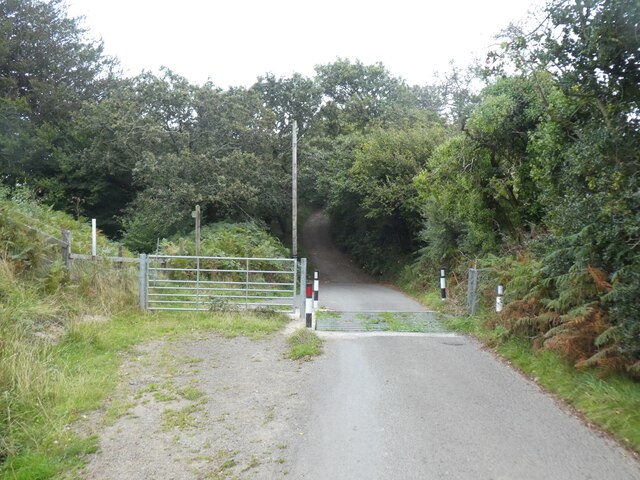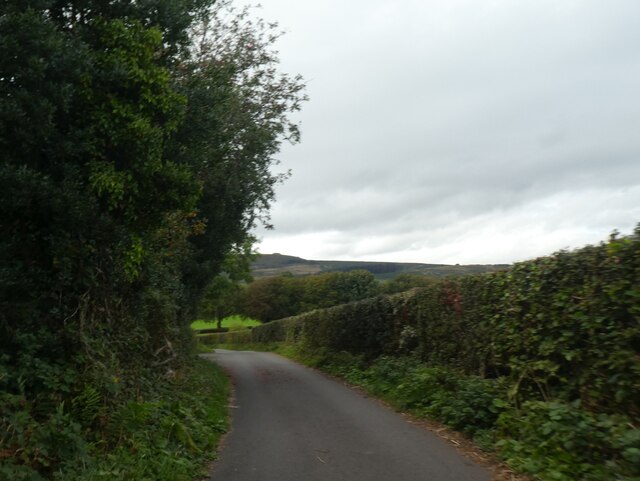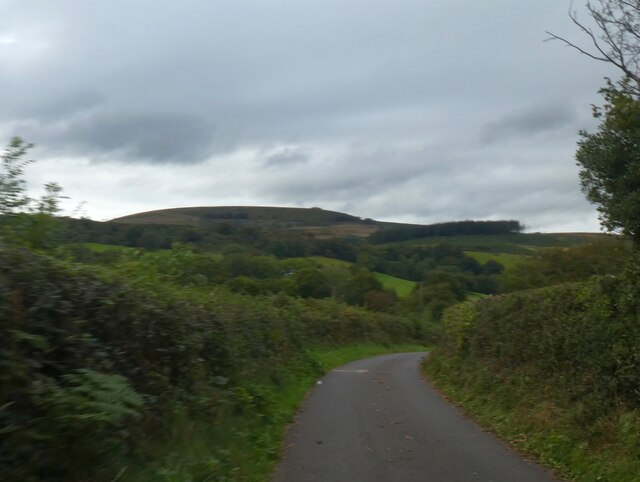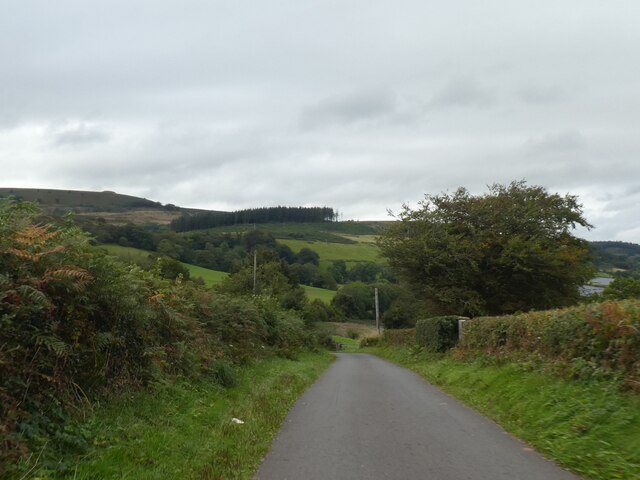Coed y Garn
Wood, Forest in Monmouthshire
Wales
Coed y Garn
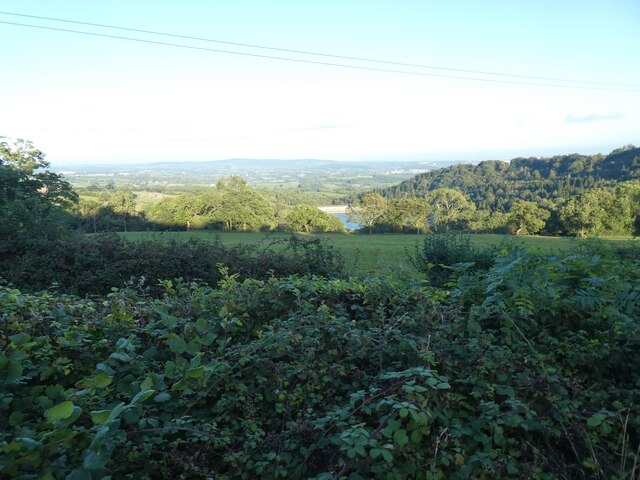
The requested URL returned error: 429 Too Many Requests
If you have any feedback on the listing, please let us know in the comments section below.
Coed y Garn Images
Images are sourced within 2km of 51.620123/-3.1048301 or Grid Reference ST2391. Thanks to Geograph Open Source API. All images are credited.






Coed y Garn is located at Grid Ref: ST2391 (Lat: 51.620123, Lng: -3.1048301)
Unitary Authority: Caerphilly
Police Authority: Gwent
What 3 Words
///accented.hardback.rinse. Near Crosskeys, Caerphilly
Nearby Locations
Related Wikis
Saint Mary & Saint Philopateer Abu Saifain Coptic Orthodox Church
St Mary and St Mercurius Coptic Orthodox Church is the first Coptic Orthodox Church in Wales, at St Mary Street in Risca, Newport, Wales. It was consecrated...
Twmbarlwm
Twmbarlwm, also known as Twm Barlwm, Twyn Barlwm or locally known as "the Twmp" (translation: hump), the Nipple or the Pimple because of the mound that...
Crosskeys
Crosskeys (Welsh: Pont-y-cymer) is a village, community and an electoral ward in Caerphilly county borough in Wales. == Etymology == The village was originally...
Crosskeys College
Coleg Gwent - Crosskeys (generally known as Crosskeys College) is the largest campus of Coleg Gwent. It is located next to Risca Road in Crosskeys, near...
Nearby Amenities
Located within 500m of 51.620123,-3.1048301Have you been to Coed y Garn?
Leave your review of Coed y Garn below (or comments, questions and feedback).
